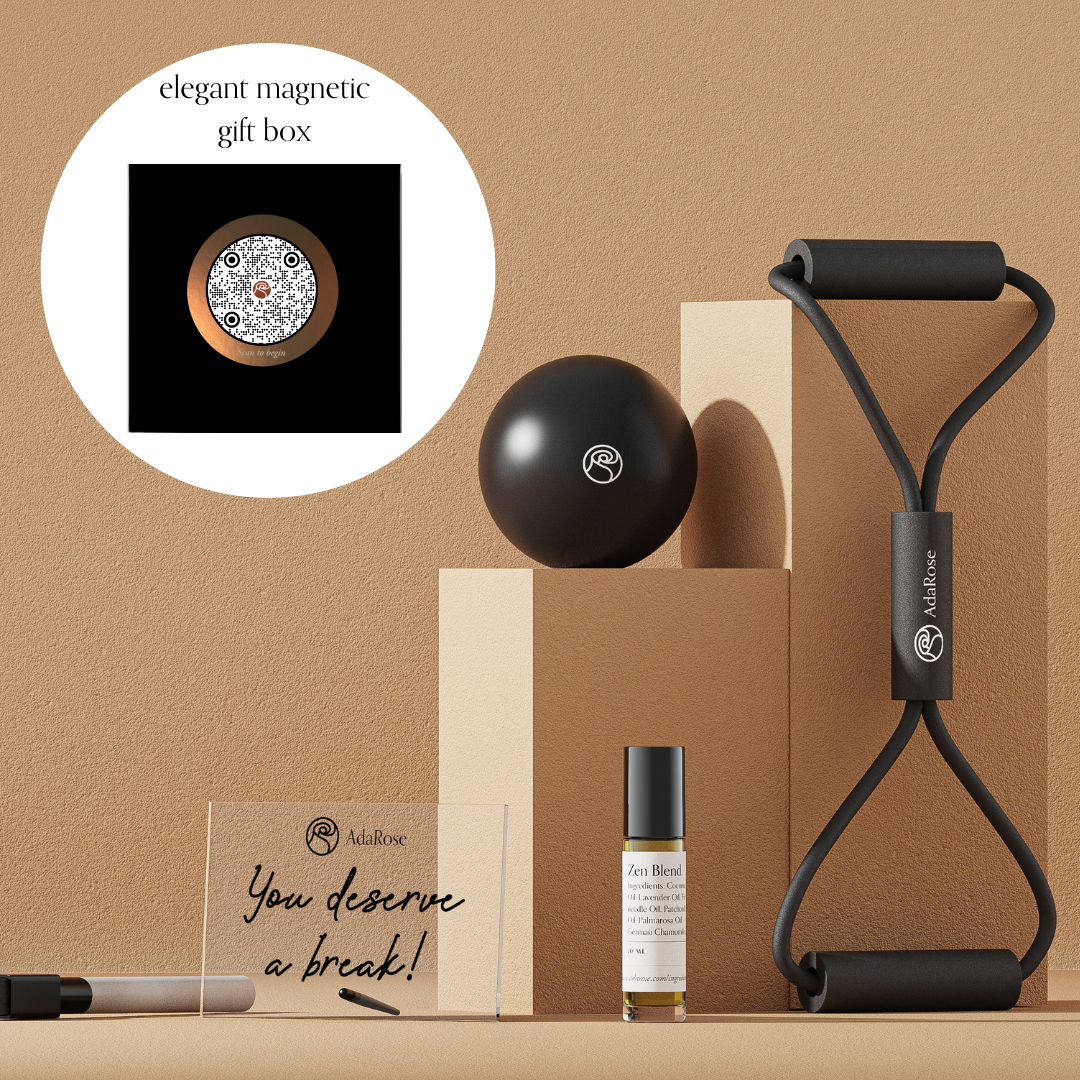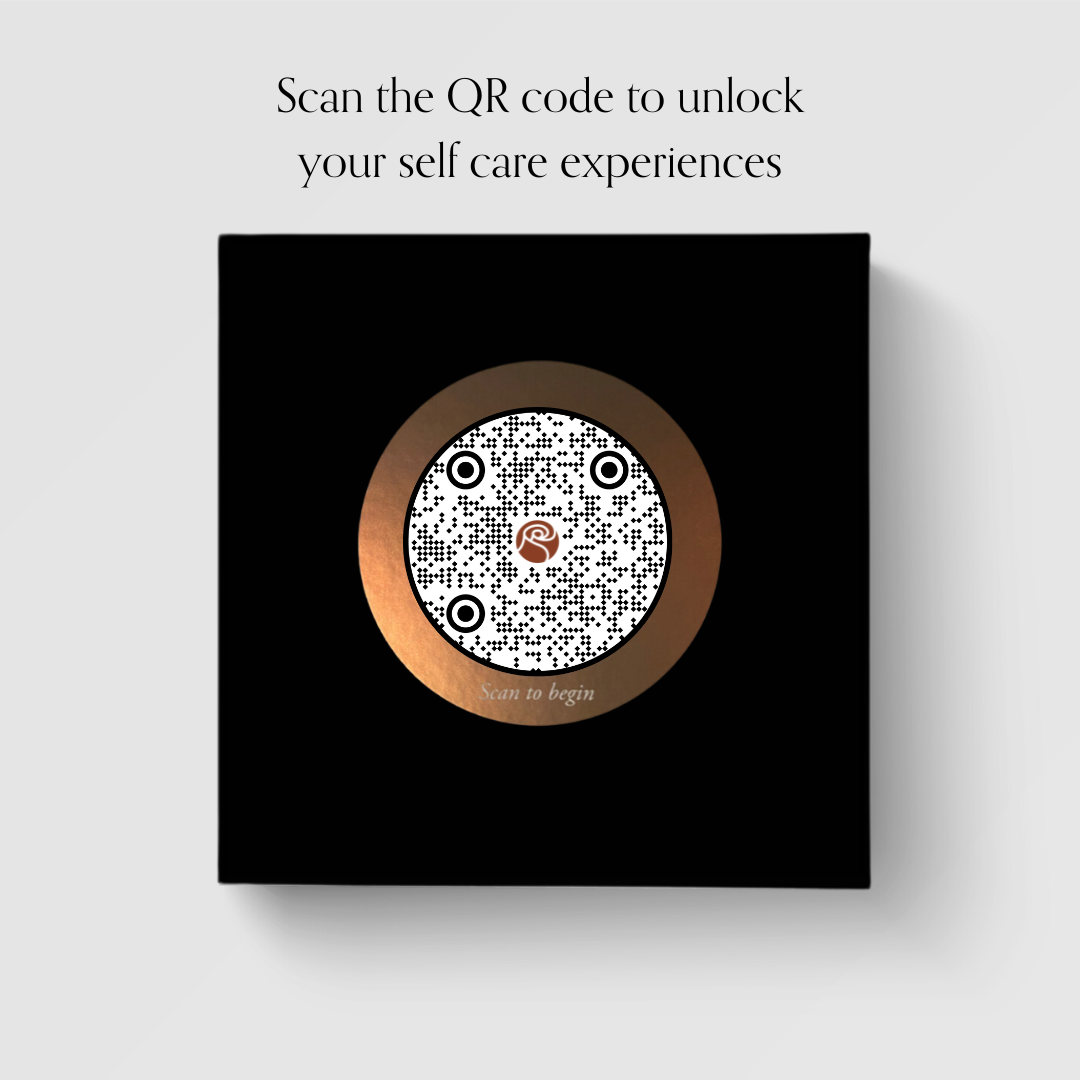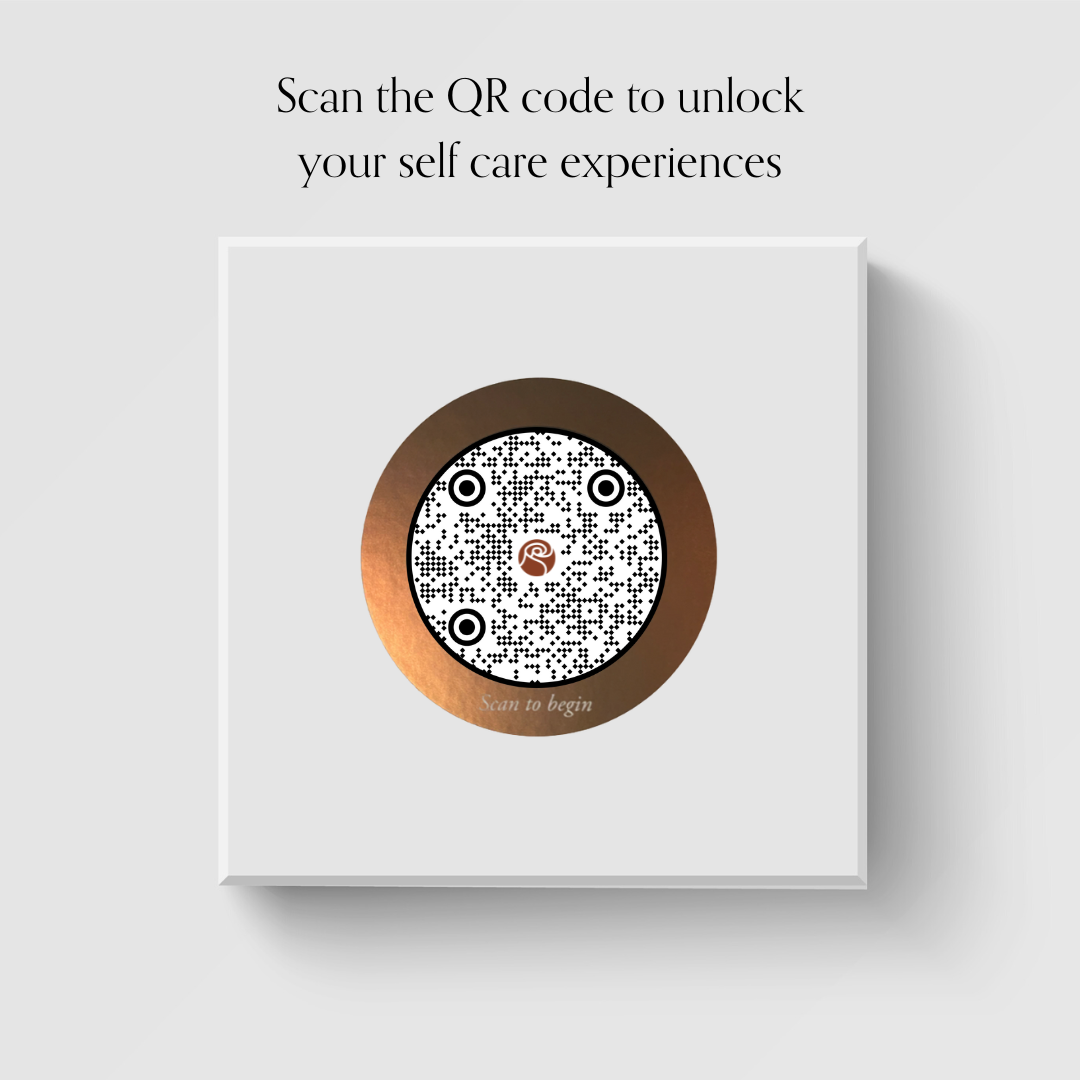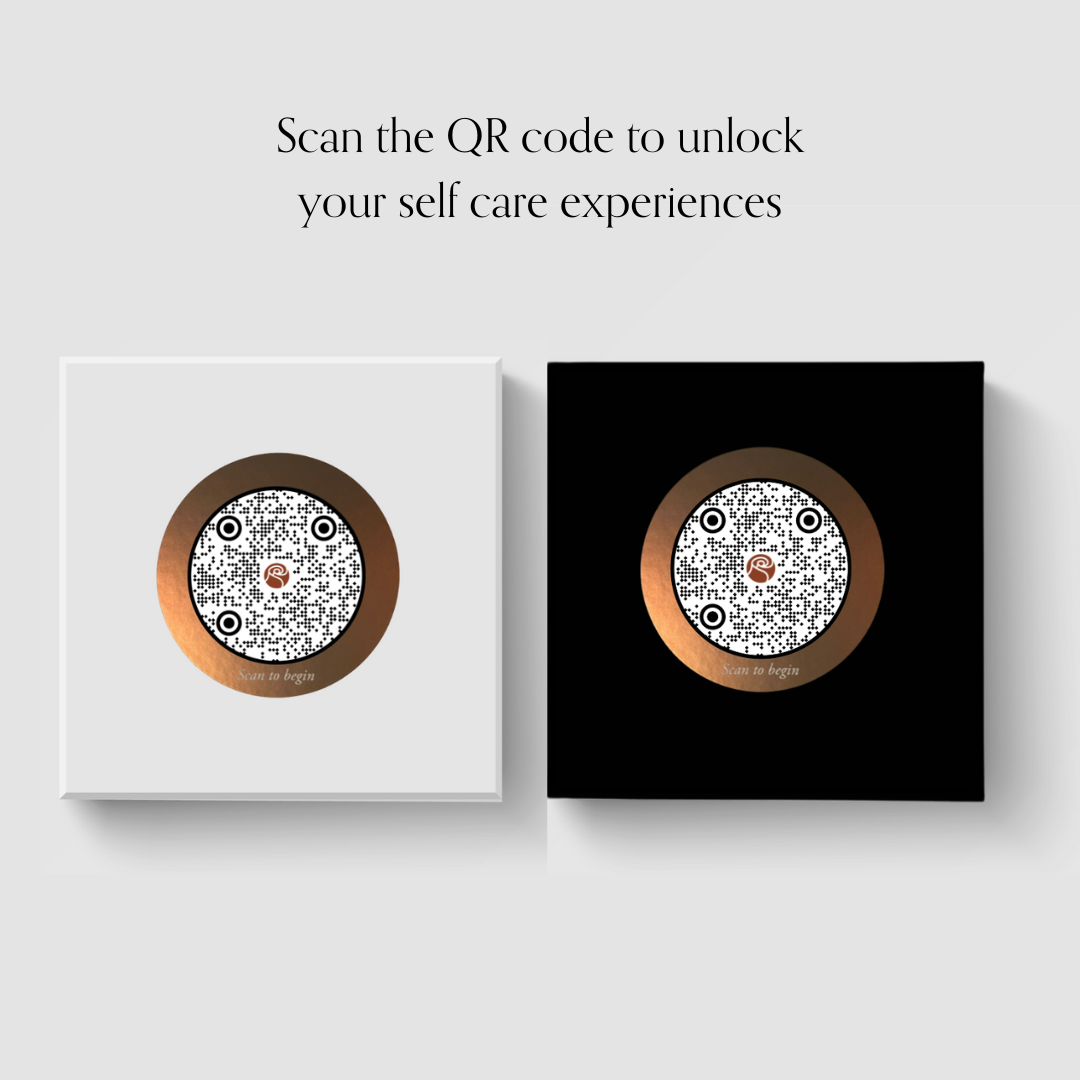You know that feeling when you rearrange your life to set up a doctor’s appointment, rush to arrive on time, and then end up sitting in the waiting room for an hour before you get in? Then you get asked the same questions you’ve already answered online and on the clipboard.
Ugh. So frustrating! Especially if you’re not feeling well. Or are worried about a symptom you’re experiencing, or what your visit and treatment might cost you financially.
I recently moderated a panel at the American Telemedicine Association's annual conference with two leaders who are the cutting edge of human centered design in healthcare: Amy Heymans, Founder and Chief Experience Officer of healthcare design firm Mad*Pow, and Chris Waugh, Chief Innovation Officer at Sutter Health System and formerly the lead for health and wellness at global design firm IDEO.
I was excited to speak with them because I believe leveraging human centered design is one of the best routes to a radically better healthcare system and healthcare experience for consumers, patients, and care partners.
What is Human Centered Design?
According to IDEO, human centered design is “a creative approach to problem-solving that starts with people and ends with innovative solutions that are tailor-made to suit their needs”.
The idea is to understand a problem at the root level, including the context in which people are experiencing it, and then solve it using design principles, one of which is to incorporate people’s feedback at every step of the way, whether you're designing a product or doing service design, which involves—you guessed it—designing a set of experiences related to a particular service.
To illustrate human centered design, let’s take the example checking in at a doctor’s office. We know wasting time and repeating work you’ve already done is frustrating, but what’s the bigger picture? Why is in individual going to the doctor in the first place, and what will happen after their visit? It’s important to understand the context and mindset of the individuals involved.
An improved check-in process might include not only streamlining the interaction at the front desk, but also ensuring that appointments are not overbooked, and arranging for some types of care to be delivered virtually so people don’t even have to travel to participate.
A key aspect of human centered design is including diverse types of people as part of the design team. In this example, you could include multiple types of patients (ages, ethnicities, types of healthcare conditions), front desk staff, clinical staff, a software engineer, and maybe even a building architect.
The audience for our panel on human centered design takes asked how long it takes to do and what it typically costs. According to Amy and Chris, answers to those questions vary greatly. But the bigger point is that, if you want to genuinely solve a problem, you can’t afford not to do human centered design on some level, or you may end up with a solution that doesn’t work.
How Does Empathy Relate to Human Centered Design?
According to Chris, human centered design begins with empathy. You have to understand what it’s like to be in the shoes of the people you’re designing for and with. In the example of the doctor’s office check-in, through interviews you might learn the following about people's lives:
-
One person is primarily worried about money. She doesn’t know what her medical costs will be, and she had to take time off from work and pay for childcare in order to make it into the office.
-
Another person struggled to use several busses and trains to travel across town in a wheelchair for the appointment.
-
A third person is terrified of being diagnosed with the condition that took his father’s life at a young age.
Empathy for the people facing challenges makes it easier to design and prototype simple solutions to address improve their experience. In addition to changing the flow of processes, some of the best solutions have to do with providing information and genuine human connections to reassure people when they need it most. Building trust is foundational to providing effective care.
How Might the Future of Healthcare Look Different from Today?
Building on the principles of human centered design, Amy and Chris envision a near future in which healthcare is more integrated with daily life. Instead of waiting until you’re very ill to seek healthcare, you would check in with your care team more regularly and try to identify and mitigate health issues before they come up or become dangerous.
In addition, healthcare of the future will better take into account the whole person, with less emphasis on what might be wrong with a particular part of the body. Amy particularly stressed the importance of mental health: how a person is feeling and what’s going on in the context of their lives matters, often at least as much as what’s happening with traditional measures of their health, such as their blood pressure or weight.
Also, as Chris said, today the health system often addresses people’s health questions or concerns primarily with logic. While that may be important, it’s often not sufficient.
For example, many people are afraid of following a medical recommendation (such as getting vaccinated against COVID) because they mistrust the healthcare system. There is a long history of medical mistreatment of Black Americans and other groups, as well as widespread inequality in society in general. These problems are part of the context in which healthcare happens, and better designed systems need to take them into account in order to address them effectively.
For more on the topic of where healthcare is headed, with a focus on advances in digital technology, check out my recent interview with national expert Dr. Geeta Nayyar.
How Can You Be a Part of Human Centered Design in Healthcare?
If you’re a patient, consumer, or care partner and want to contribute to making healthcare more effective and human centered, there are a couple of ways you can help.
In addition to companies like Mad*Pow and IDEO, I can personally recommend organizations including WEGO Health and Savvy.coop which match individuals with paid opportunities to share their healthcare experience to inform development of healthcare products, medicines, or services for people with similar conditions.
Even if you don’t want to join an organization, you can make a difference by helping your own healthcare team to understand your questions, concerns, and priorities. Check out and consider signing this manifesto and pledge by the Society for Participatory Medicine. It provides specific ways that you can be a more collaborative patient or consumer of healthcare services.
When it comes to healthcare, it’s important to understand what’s going on and participate in your health to the extent that you can. Don’t be afraid to ask questions or to interview a doctor or two. It’s critical to find a team and a style of care that supports and represents you and your needs. Emerging digital technologies can also help you to find or build on a healthcare situation that works well for you.
Healthcare will become more human only if we, as patients, consumers, and care partners vote with our feet and voice our needs.











